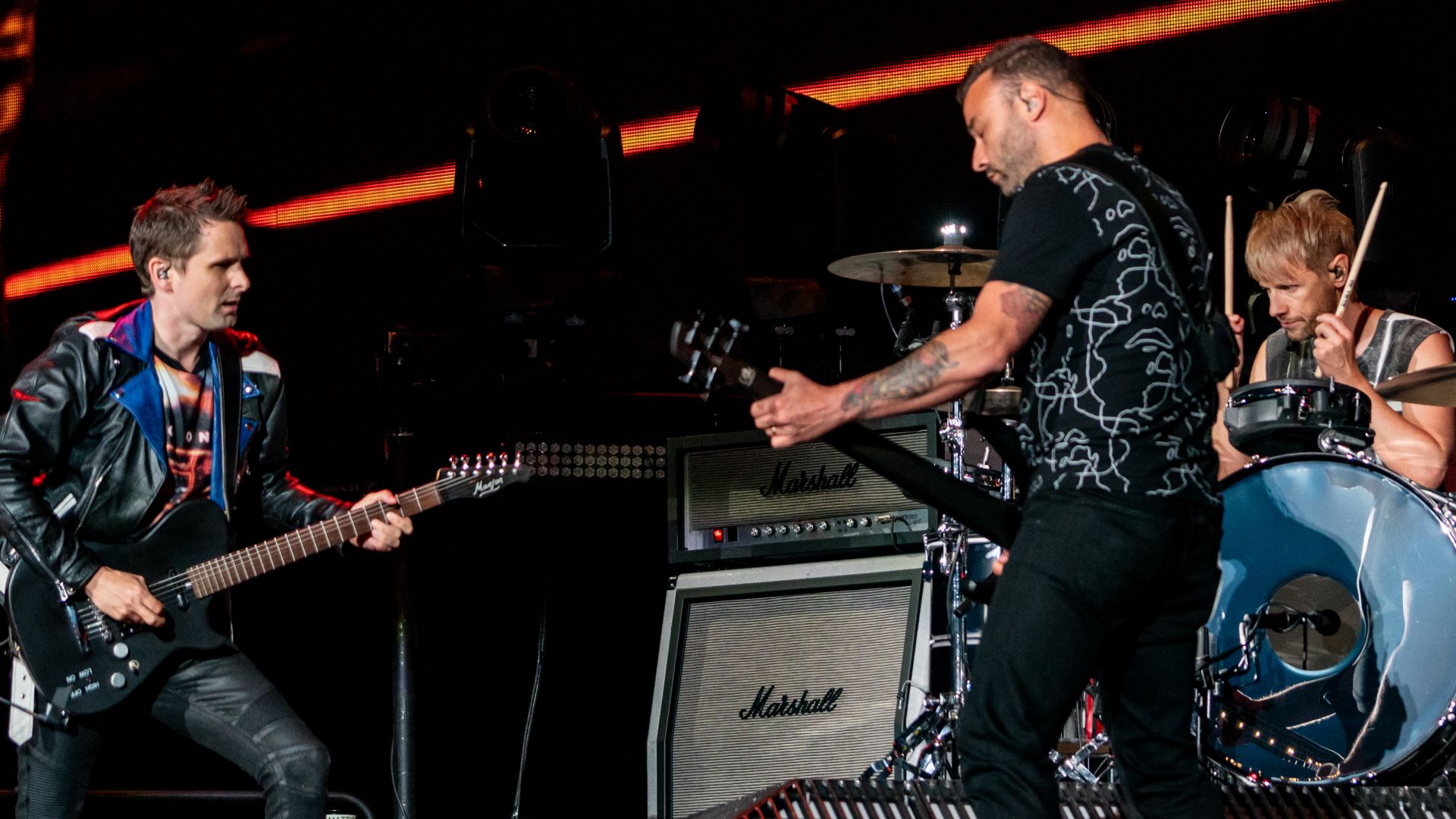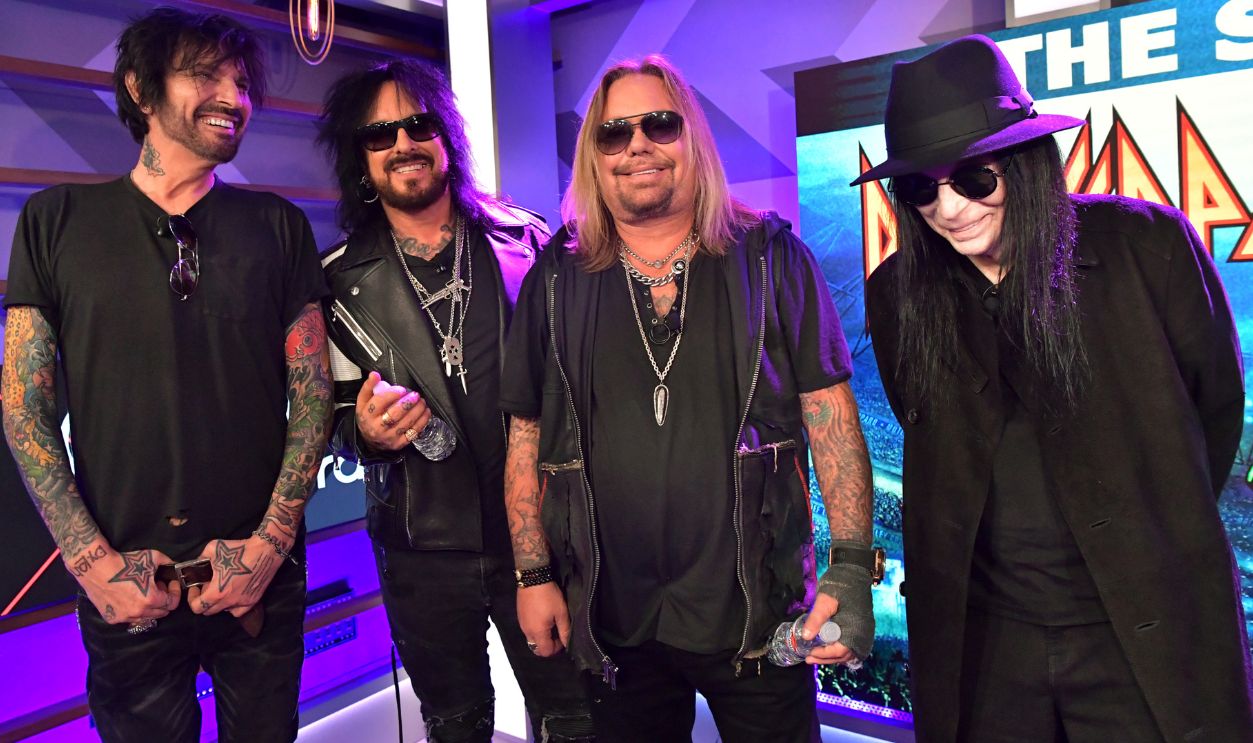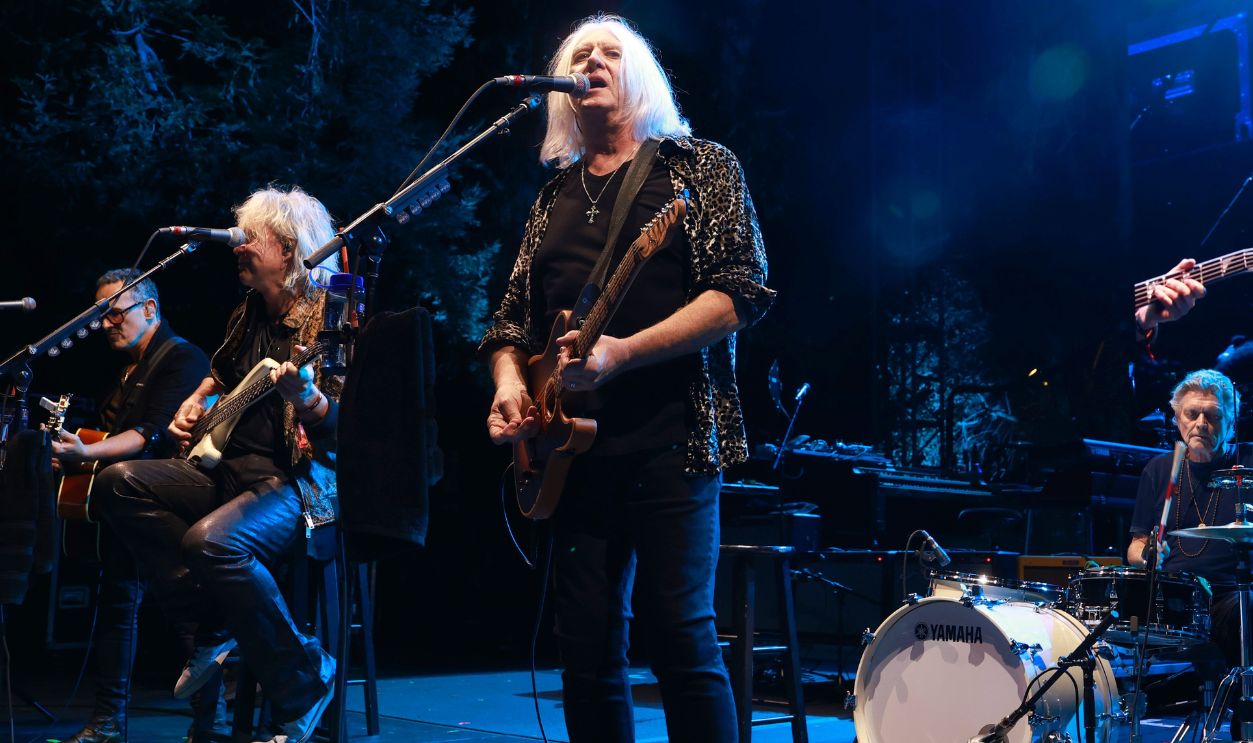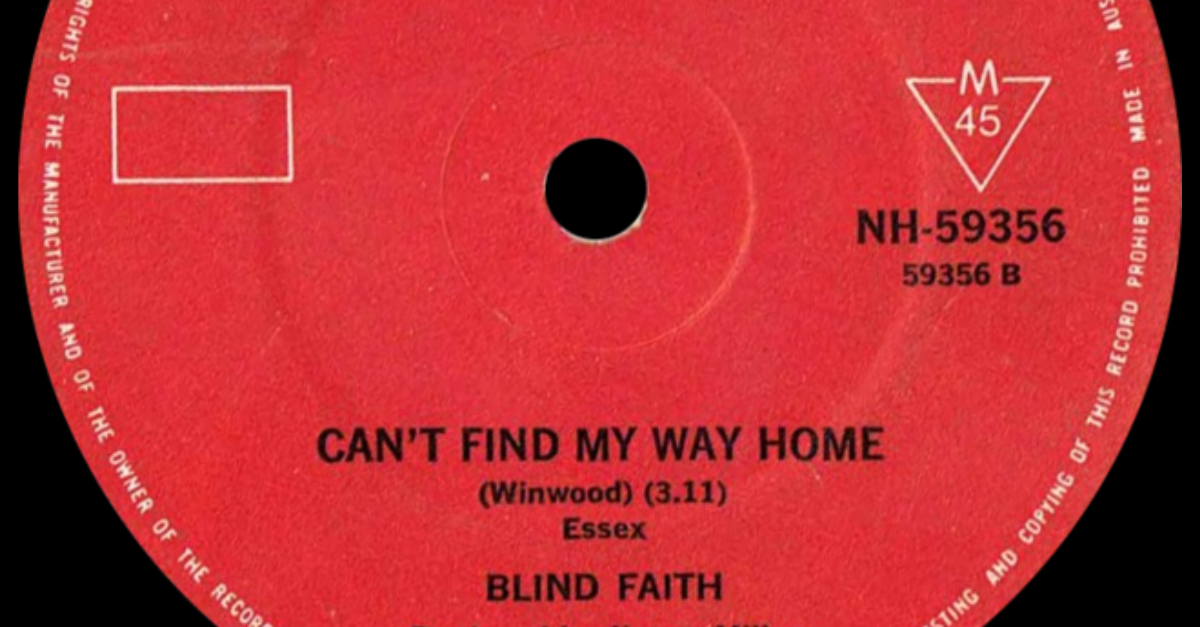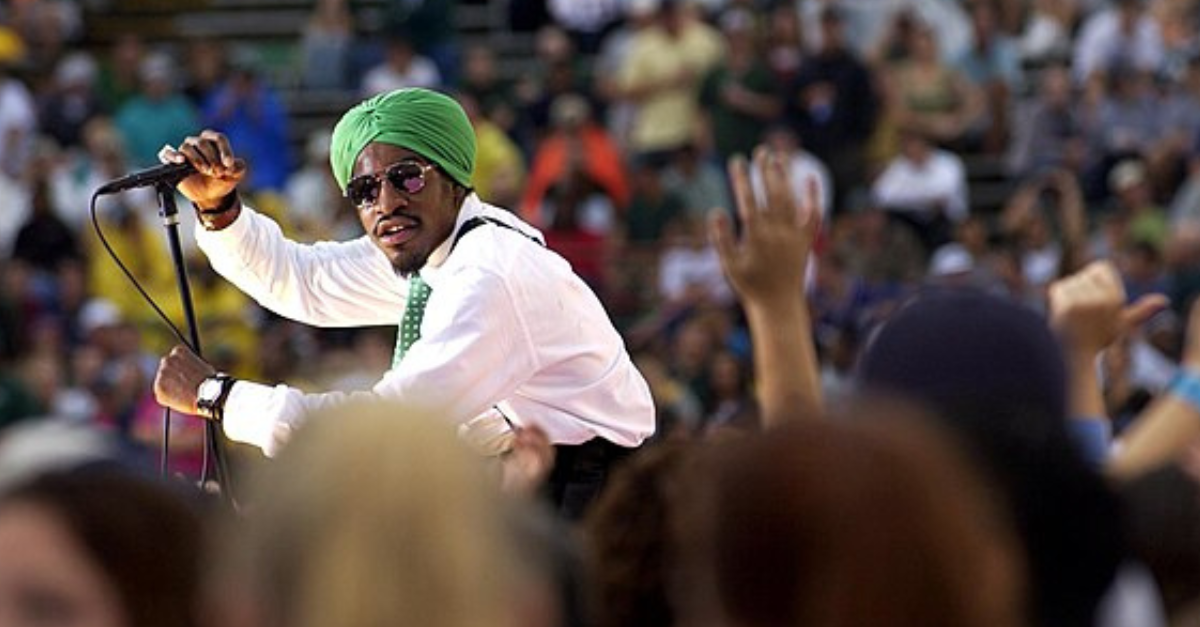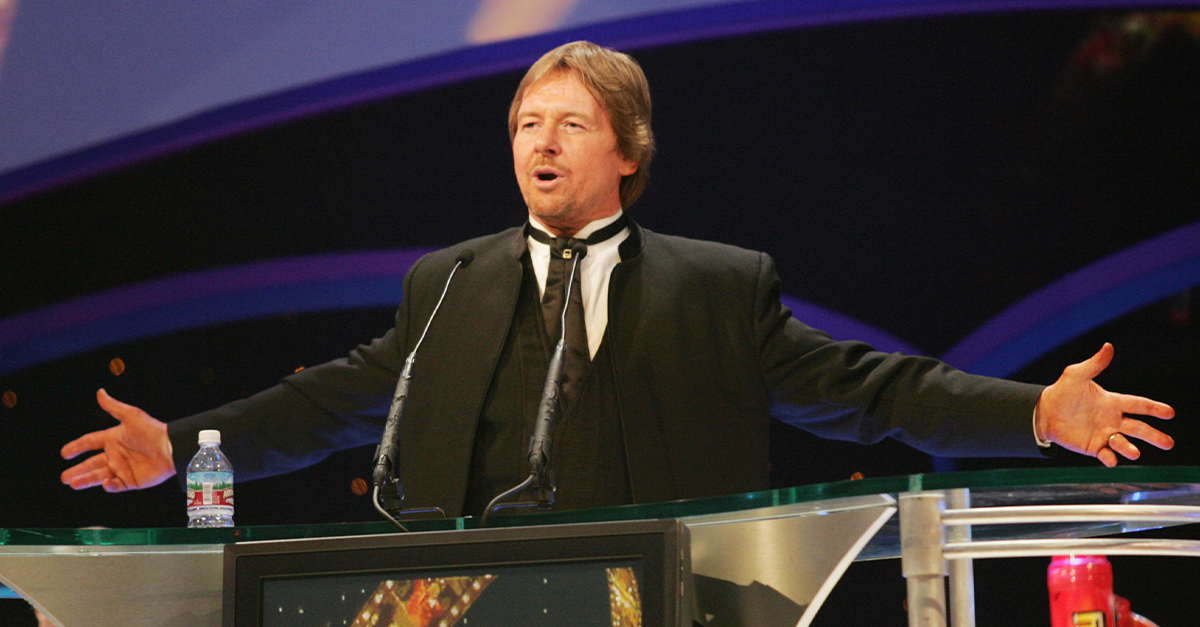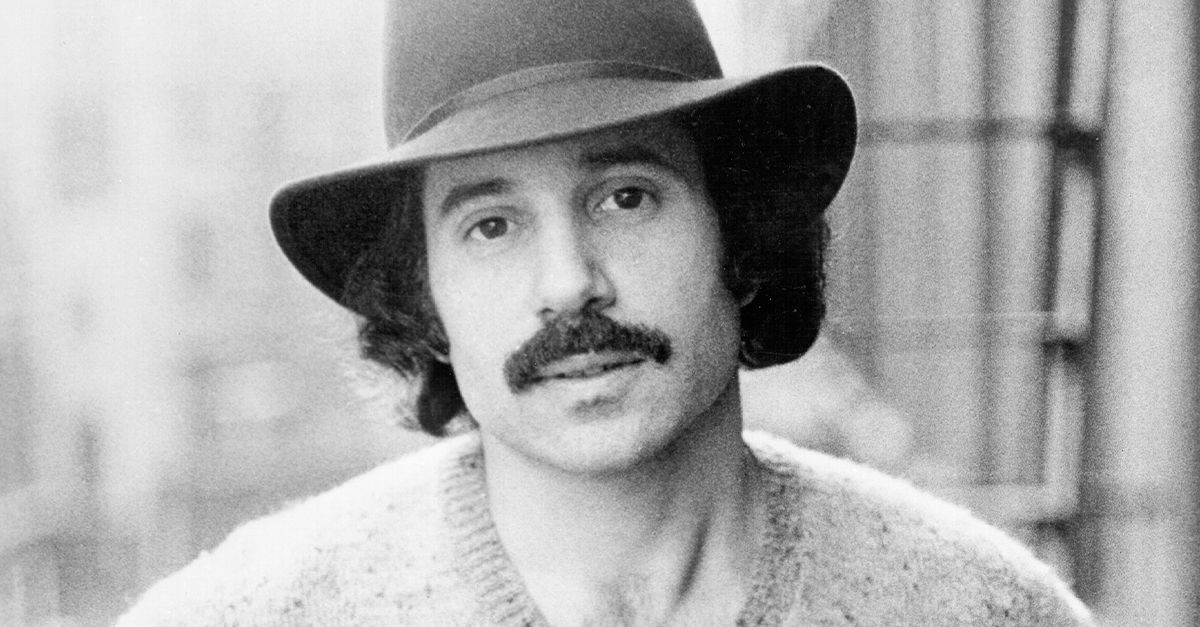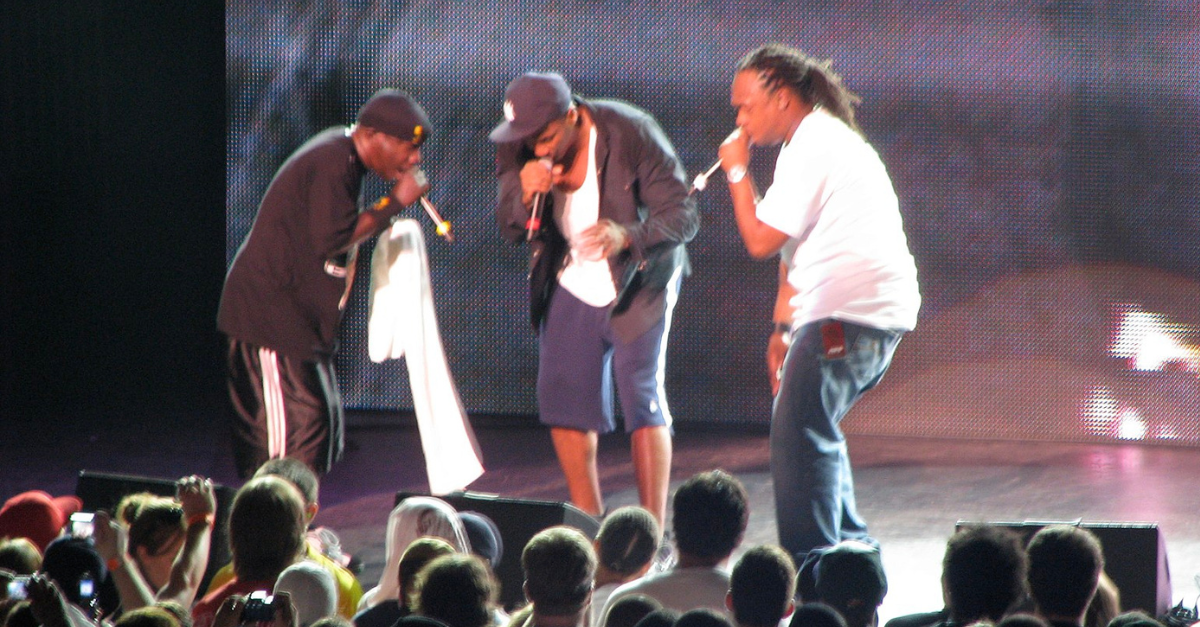When Artists Flip The Script
Sometimes the biggest mic drops don’t come from a killer hook or a surprise feature, they when an artist suddenly changes lanes entirely. You’ve spent years thinking of someone as “that pop star,” “that rapper,” or “that rock god,” and then they drop an album that sounds like nothing you’d expect. Let’s dig into some musicians who went genre-jumping (for better or worse) and left us saying, “Wait, is that really them now?”
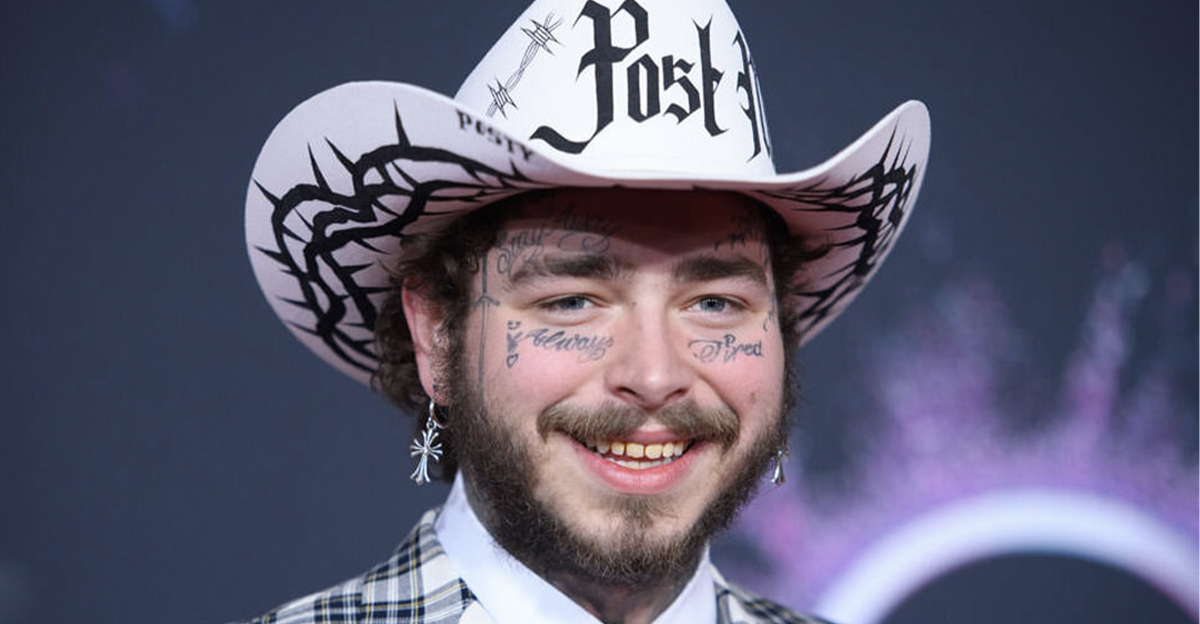
Gwen Stefani
Stefani started out fronting No Doubt, a ska-punk and reggae-infused alt rock band that dominated the late 90s. Then she went solo and dove headfirst into colorful pop and dance music, showing off her quirky fashion sense and confident vocals. Her hits like “Hollaback Girl” and “The Sweet Escape” made her a pop icon, but she later circled back to her roots with “Let Me Reintroduce Myself”. It proved she could play with genres without ever losing that signature Gwen Stefani swagger.
 Gwen Stefani - Let Me Reintroduce Myself (Official Video), Gwen Stefani
Gwen Stefani - Let Me Reintroduce Myself (Official Video), Gwen Stefani
Darius Rucker
Darius Rucker was the smooth-voiced frontman of Hootie & the Blowfish, the ultimate 90s soft-rock comfort band. When he switched to country music in the late 2000s, fans weren’t sure what to think. Then his single “Don’t Think I Don’t Think About It” hit number one on the country charts and made history. He became one of the first Black country artists to reach that level of success.
 Darius Rucker - Don't Think I Dont Think About It | The Song, THE SONG TV
Darius Rucker - Don't Think I Dont Think About It | The Song, THE SONG TV
Katy Perry
Before the bubblegum pop and candy-colored music videos, Katy Perry was known as Katy Hudson, a Christian rock singer. Her early music leaned into spiritual themes and acoustic melodies. When she re-emerged with “I Kissed a Girl”, she completely flipped her image and sound. The pop persona she crafted was bold, cheeky, and unapologetically mainstream. The shift shocked some early fans but made her one of the defining pop stars of the 2010s.
 Ali Shaker/VOA, Wikimedia Commons
Ali Shaker/VOA, Wikimedia Commons
Machine Gun Kelly
MGK started as a fast-spitting rapper from Cleveland, building his name in the hip-hop world. Then, out of nowhere, he traded 808s for guitars and eyeliner. His album Tickets to My Downfall went full pop-punk, and suddenly he was performing in ripped jeans and pink hair instead of snapbacks. The move caused chaos among fans and critics, but it also introduced him to a new audience that loves his punk energy and emotional songwriting.
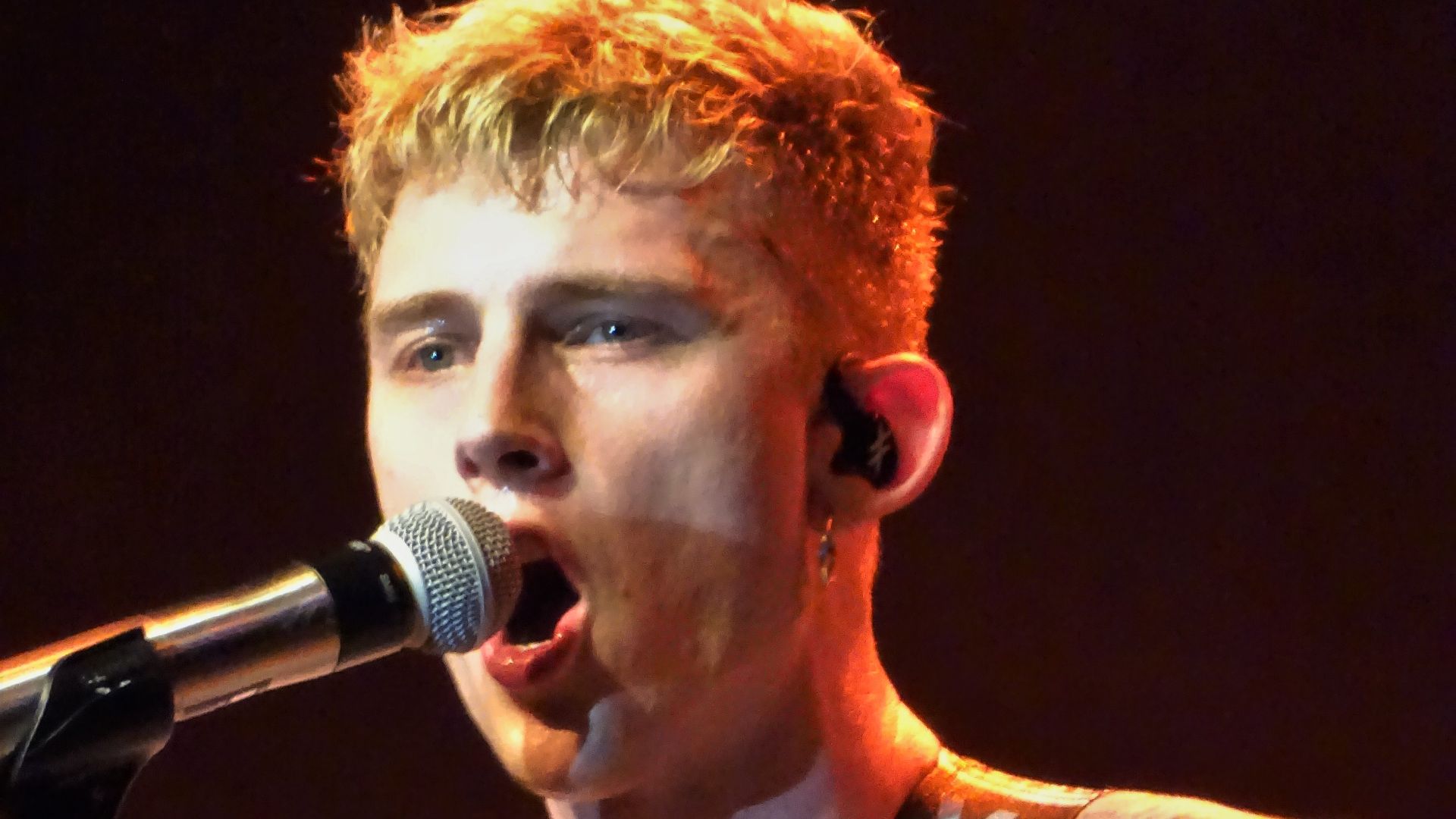 Paulien Zomer, Wikimedia Commons
Paulien Zomer, Wikimedia Commons
Skrillex
Skrillex, real name Sonny Moore, actually began his career in an emo band called From First to Last before switching to electronic music. His wild dubstep drops defined an entire era of EDM. Later on, he started experimenting with different genres, blending pop, trap, and house into more refined projects. His evolution shows that he’s not just chasing trends, he’s constantly reshaping the sound of modern music.
 Amnesia Ibiza, Wikimedia Commons
Amnesia Ibiza, Wikimedia Commons
Taylor Swift
Taylor Swift began as a teenage country singer, writing heartfelt breakup songs with her guitar. By the time she released 1989, she had become a full-fledged pop superstar. Fans were stunned, but it was a natural progression given her storytelling skills and knack for melody. Then she surprised everyone again with her indie-folk albums Folklore and Evermore. Taylor’s career proves she can master any sound without losing her emotional honesty.
 Taylor Swift - cardigan, Taylor Swift
Taylor Swift - cardigan, Taylor Swift
The Beastie Boys
The Beastie Boys were originally a hardcore punk band tearing up small clubs in New York City. Then they made one of the most unexpected switches ever, diving into hip-hop with Licensed to Ill. What started as an experiment became legendary, with songs like “Fight for Your Right” and “Sabotage” redefining what rap-rock could be. Their transformation didn’t just shock fans, it helped change music culture for decades.
 Beastie Boys - Fight For Your Right (Revisited) Full Length, BeastieBoys
Beastie Boys - Fight For Your Right (Revisited) Full Length, BeastieBoys
Tinashe
Tinashe began in the R&B scene with smooth vocals and moody beats, but she has never been one to stay in a box. Over the years, she’s explored electronic, pop, and even alternative sounds across her albums. Each project feels like a reinvention, and her versatility has made her a respected artist for those who love genre-bending creativity. She keeps her fans on their toes with every release.
 Axelle/Bauer-Griffin, Getty Images
Axelle/Bauer-Griffin, Getty Images
Post Malone
Post Malone burst onto the scene blending trap beats with rock and pop melodies. He’s never really stayed in one lane, but his recent move toward country and acoustic pop surprised even longtime fans. Albums like Austin show a softer, more introspective side of him. Whether he’s rapping, crooning, or strumming a guitar, Malone proves that talent and authenticity can cross genre boundaries without missing a beat.
 Post Malone - AUSTIN (Official Live Performances) | Vevo, Post Malone
Post Malone - AUSTIN (Official Live Performances) | Vevo, Post Malone
Harry Styles
After years in One Direction, Styles’ solo career took a sharp turn toward 70s-inspired rock, soft pop, and indie influences. His debut solo album shocked people who expected bubblegum pop. Instead, he delivered lush instrumentation and introspective lyrics. Each new record shows his confidence in experimenting with sound and presentation. Styles reinvented himself as a true artist rather than just another ex-boy-band frontman.
Billy Idol
Billy Idol came out of the punk scene in the late 70s before pivoting into a slicker rock and new wave sound that made him a global star. With hits like “White Wedding” and “Rebel Yell”, he combined rebellious energy with radio-friendly hooks. His fusion of punk attitude and mainstream rock created an entirely new kind of bad-boy appeal that shaped 80s pop culture.
 Billy Idol - White Wedding (Rewind Live / 2023), Billy Idol
Billy Idol - White Wedding (Rewind Live / 2023), Billy Idol
Megadeth
When Megadeth released Risk in 1999, many fans were shocked by its experimental and melodic direction. Known for intense thrash metal, the band softened their sound to explore more accessible rock influences. Although it sparked backlash at first, it showcased their willingness to push creative boundaries. In the long run, the risk proved they could adapt and evolve while staying rooted in their technical brilliance.
Muse
Muse started as an alt-rock band with prog and space-rock tendencies. Over time, they added electronic and pop elements that gave their later albums a futuristic feel. From heavy guitar riffs in Origin of Symmetry to synth-driven tracks in Simulation Theory, Muse continually reinvents their sound.
MC Hammer
MC Hammer came up as a rapper with incredible energy and unforgettable dance moves. While his early work was pure hip-hop, he infused pop and dance music into his hits, making them global anthems. “U Can’t Touch This” and “2 Legit 2 Quit” turned him into a household name. Later, he even explored gospel music, proving his creativity could stretch far beyond hip-hop.
 M.C. Hammer - U Can't Touch This, MC HAMMER
M.C. Hammer - U Can't Touch This, MC HAMMER
Mötley Crüe
Known for their loud guitars, wild stage antics, and rebellious lifestyle, Mötley Crüe became synonymous with glam metal. But in the mid-90s, they shocked fans by experimenting with a heavier, grungier sound on their self-titled album. It wasn’t what fans expected from a band known for excess and anthemic hooks. Still, it showed they were willing to evolve even when the scene shifted around them.
Bad Religion
Bad Religion has been a cornerstone of punk rock since the 1980s. Over time, their sound evolved to include more melody and polished production without losing the edge that made them iconic. Songs like “21st Century Digital Boy” blend punk energy with thoughtful lyrics and harmony. Their subtle genre growth kept them relevant while maintaining credibility in the punk world.
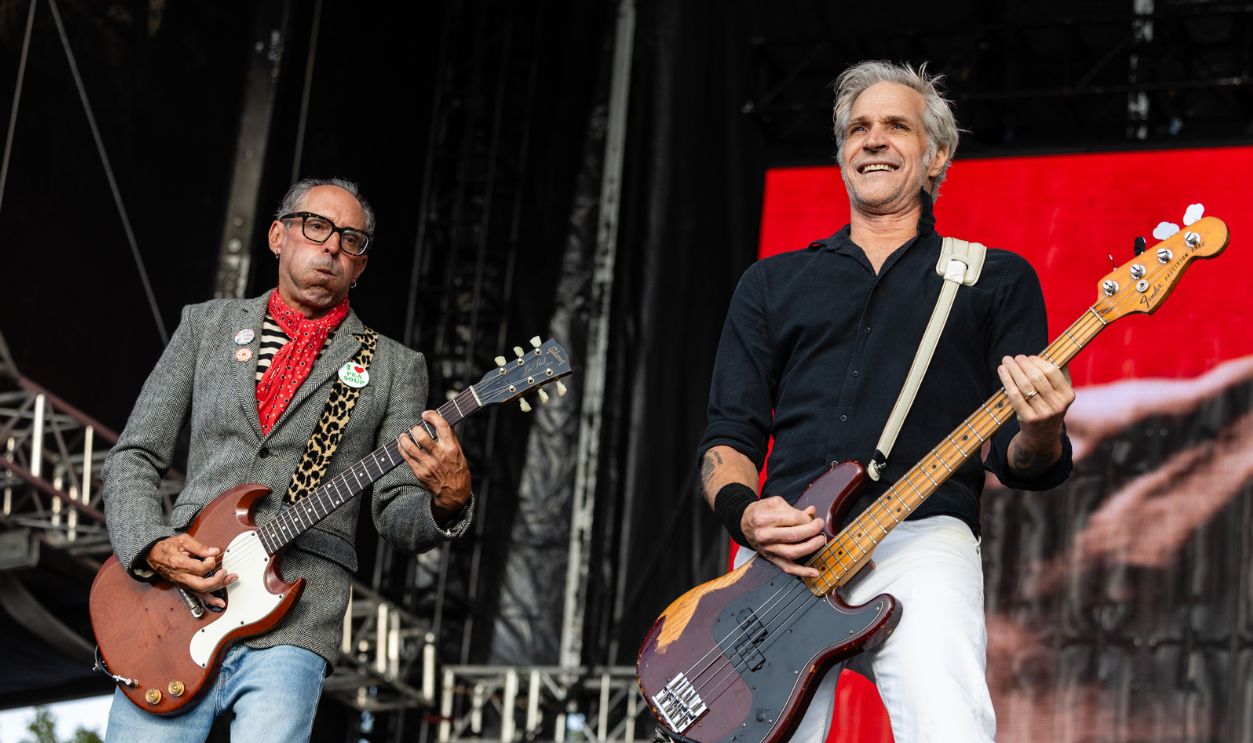 Barry Brecheisen, Getty Images
Barry Brecheisen, Getty Images
Def Leppard
Def Leppard went from a gritty hard-rock band to the kings of polished arena pop-metal. Albums like Hysteria brought massive production, catchy hooks, and glossy choruses that sounded tailor-made for stadiums. Some fans missed the rougher sound of their early days, but the transformation turned them into international superstars. Their success proved that heavy guitars and pop sensibility can coexist.
Lil Wayne
Lil Wayne was one of hip-hop’s biggest names long before he ever picked up a guitar. Then, he dove into rock influences on Rebirth, complete with live instruments and singing. It divided fans instantly, but the experiment made sense for an artist always chasing creative freedom. Wayne has continued to blend genres, from trap to emo to punk influences, always keeping people guessing.
 Lil Wayne - On Fire (Official Music Video), Lil Wayne
Lil Wayne - On Fire (Official Music Video), Lil Wayne
Aerosmith
Aerosmith built their reputation on gritty blues-rock riffs and Steven Tyler’s screaming vocals. But in the 80s, they started to embrace pop ballads and radio-friendly hits like “I Don’t Want to Miss a Thing”. Their legendary collaboration with Run-DMC on “Walk This Way” also blended rock and hip-hop in a way no one saw coming. The gamble helped them stay relevant across generations.
 Aerosmith - I Don't Want to Miss a Thing (Official HD Video), Aerosmith
Aerosmith - I Don't Want to Miss a Thing (Official HD Video), Aerosmith
Metallica
When Metallica began, they were pioneers of thrash metal, fast and furious with complex riffs. Then they shifted toward a more polished, accessible sound in the 90s with Load and Reload. Hardcore fans called them sellouts, but others appreciated the musical depth. Even with stylistic changes, their influence on rock and metal remains unmatched, and their risk-taking kept them in the spotlight.
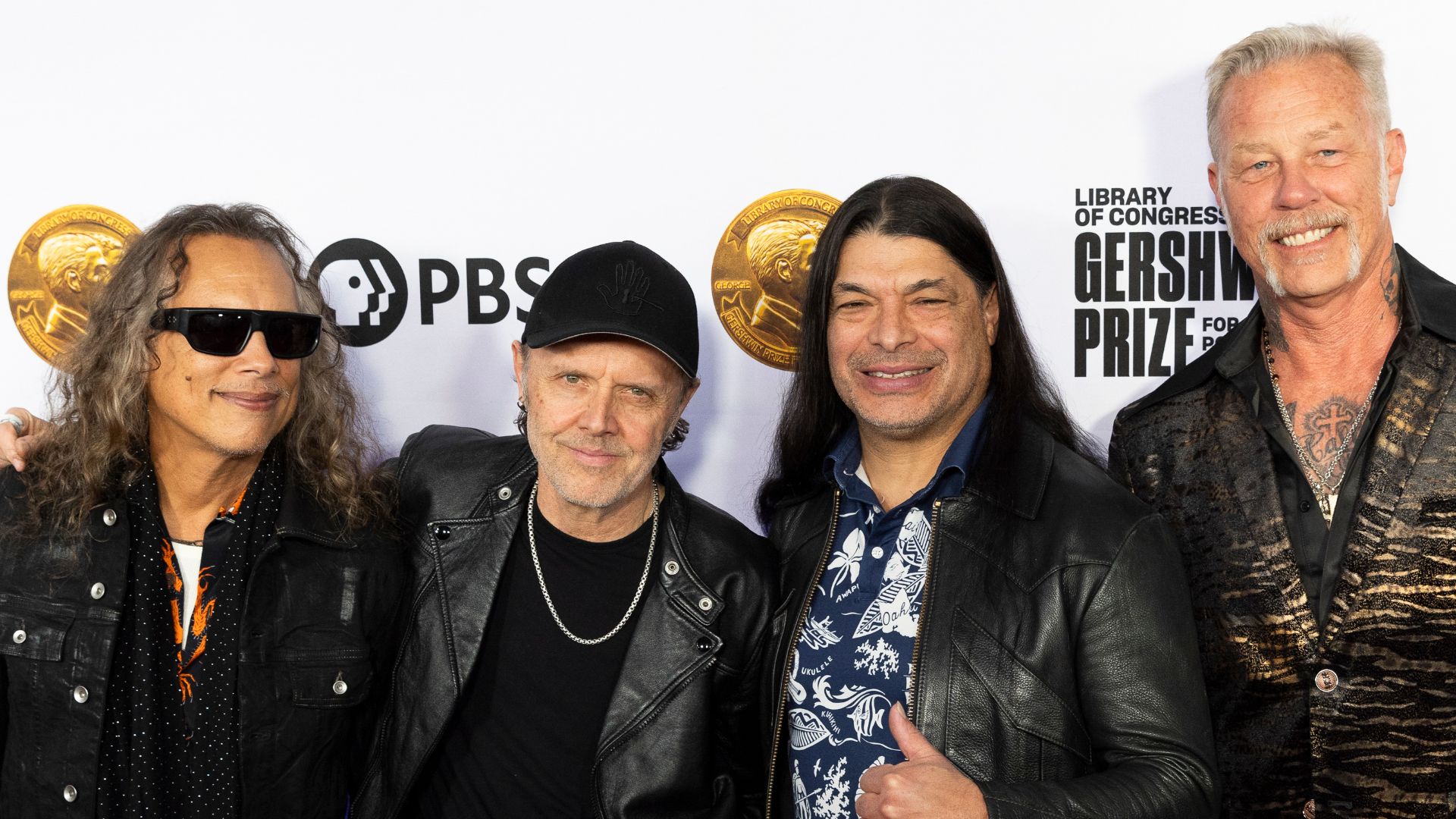 Library of Congress Life, Wikimedia Commons
Library of Congress Life, Wikimedia Commons
Alanis Morissette
Before Jagged Little Pill, Alanis Morissette was a Canadian pop singer with dance-pop hits and big hair. Then she reinvented herself as an alt-rock powerhouse, writing raw, emotional songs that resonated with an entire generation. Her fearless honesty and grunge-inspired sound redefined female rock for the 90s. The change from bubblegum pop to biting rock authenticity remains one of music’s best pivots.
 Alanis Morissette - Jagged Little Pill (Official 4K Music Videos Trailer), RHINO
Alanis Morissette - Jagged Little Pill (Official 4K Music Videos Trailer), RHINO
André 3000
As one half of OutKast, André 3000 already refused to be boxed in. His solo and experimental work takes that further, blending jazz, funk, soul, and electronic sounds. Fans expecting another rap album were surprised when he released New Blue Sun, a meditative instrumental record centered on flutes. His evolution proves he’s an artist first and a genre label last.
 Andre 3000 - New Blue Sun (Live in Boston), Jordan Hurley
Andre 3000 - New Blue Sun (Live in Boston), Jordan Hurley
Bee Gees
The Bee Gees started as a soft-rock and folk band in the 60s before turning into disco kings in the 70s. Their transformation during the Saturday Night Fever era completely reshaped pop music. Hits like “Stayin’ Alive” and “Night Fever” made them the face of disco culture. It was a dramatic switch that shocked fans at first but turned them into legends.
 Bee Gees - Stayin' Alive (Official Video), beegees
Bee Gees - Stayin' Alive (Official Video), beegees
Beyoncé
Beyoncé began as part of Destiny’s Child, dominating R&B and pop charts. Over time, her solo work has spanned hip-hop, soul, country, and even house music. Albums like Lemonade, Renaissance, and Cowboy Carter proved she isn’t afraid to experiment while delivering art that challenges expectations, while each reinvention keeps her at the top of the industry.
 Beyonce - Formation (Official Video), Beyonce
Beyonce - Formation (Official Video), Beyonce
You May Also Like:
Songs That Killed Entire Genres
TV Shows That Completely Changed Genres Between Seasons




